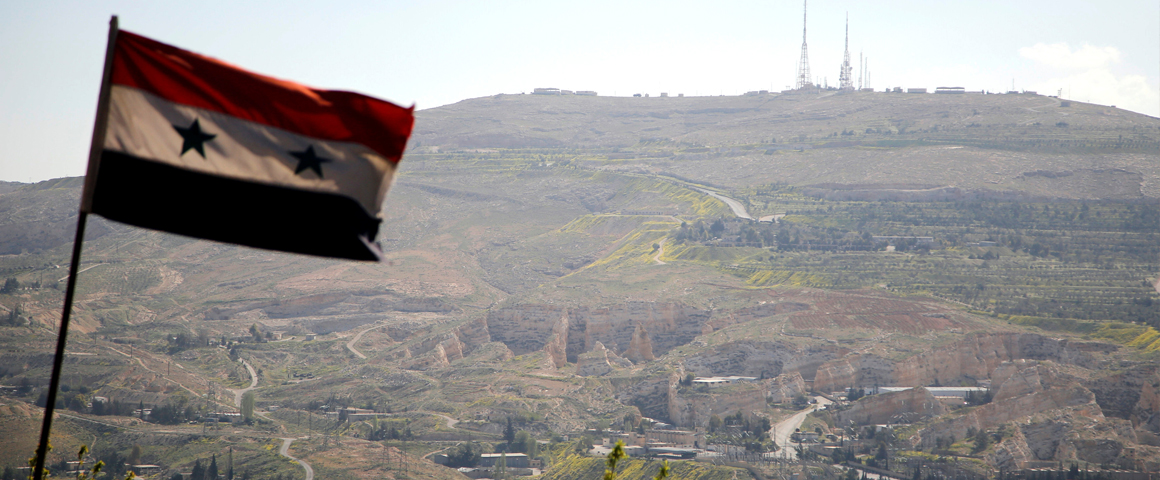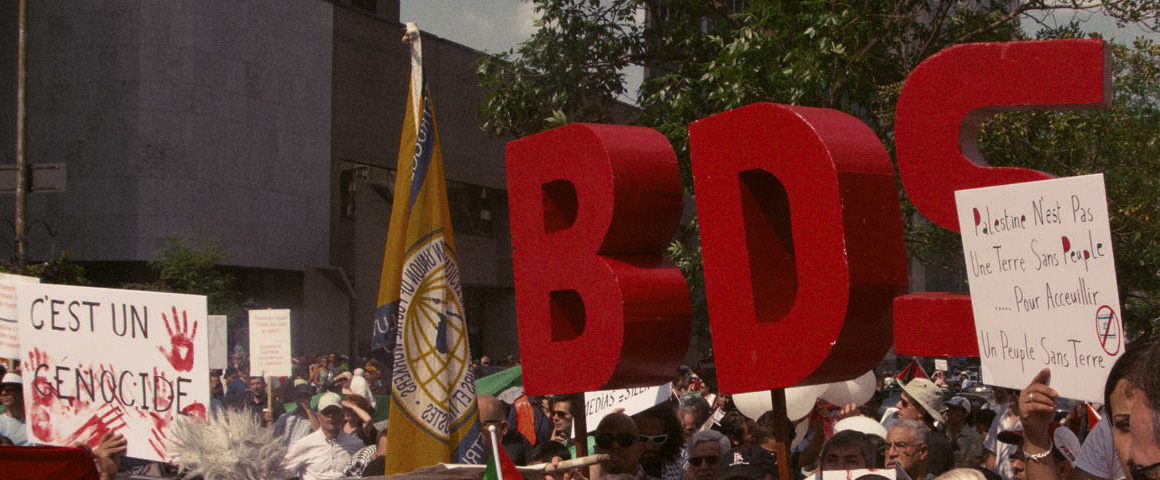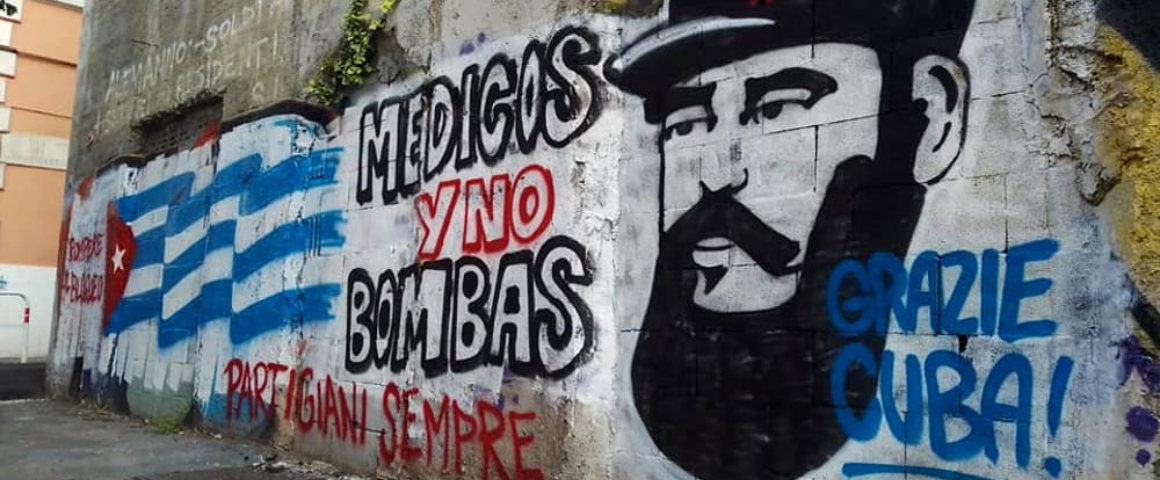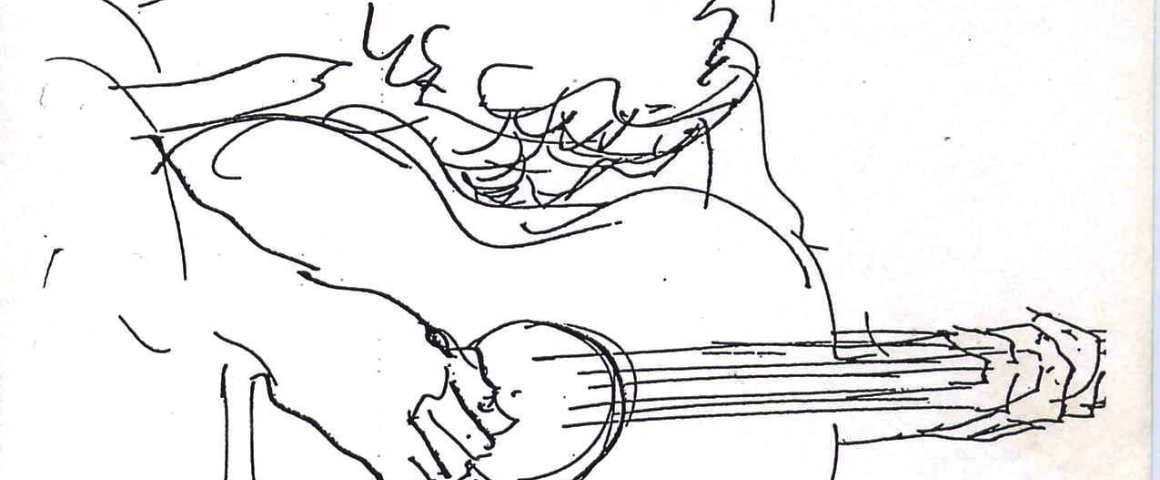Special to PV
The UK-based Working Group on Syria, Propaganda and Media has published a detailed briefing note on “The alleged chemical attack in Douma on 7 April 2018, and other alleged chlorine attacks in Syria since 2014.” Essentially, the note shreds the claims by NATO powers that the Syrian government has engaged in chemical warfare against its own population.
The entire document can be read online.
A summary of the note points to a number of significant findings.
“Early statements by the US and French governments that a nerve agent had been used in the alleged chemical attack in Douma on 7 April 2018 were rebutted by the OPCW [Organisation for the Prohibition of Chemical Weapons] Fact-Finding mission which reported that neither environmental samples obtained on-site nor blood samples from purported victims contained any trace of nerve agent. This indicates that the US and French governments were poorly informed at the time of the US-led missile attack on Syria on 14 April.
“The Prime Minister misled the House of Commons by stating on 16 April that the OPCW team had been prevented from visiting the Douma attack site by the Syrian authorities and the Russian military, and may also have misled the House by stating that the US-led missile attack was `specifically targeted at three sites’ allegedly associated with chemical weapons (rather than targeted on Syrian military infrastructure as reported elsewhere).
“The OPCW Fact-Finding Mission did not reach any conclusion as to whether a chemical attack had taken place. The detection of chlorinated organic compounds in environmental samples is consistent with release of chlorine from a gas cylinder at the two alleged attack sites, but this does not distinguish between a chemical attack and a staged incident.
“Experts agreed that the images showing bodies of victims lying close together in an apartment building were not compatible with exposure only to chlorine, from which the victims would have been able to escape by moving to the windows or leaving the building. This is supported by experience of industrial accidents with chlorine in which those exposed are usually able to escape.
“As no nerve agent degradation products were detected and the positions of the victims’ bodies are not compatible with death from chlorine exposure on the spot, the only remaining explanation is that the victims were killed by other means.
“Other observations favour a managed massacre rather than a chemical attack as the explanation for the Douma incident. The positioning of the gas cylinders is more consistent with staging than with an air-dropped munition at the site where most victims were shown, a fire was lit in the room underneath the gas cylinder. For chlorine to be useful as a weapon, it would have to be released on an industrial scale as in 1915 rather than as a single cylinder or barrel dropped from the air.
“Assessments by the OPCW Fact-Finding Mission that chlorine had been used as a weapon in Syria between 2014 and 2017 were based on secondary sources without on-site inspections. This violates a precept that OPCW had set for itself in 2013.
“The conclusions of the Fact-Finding Mission that use of chlorine in alleged attacks in Syria between 2014 and 2018 was `likely’ or supported `with a high degree of confidence’ relied on witnesses and samples provided by purported non-governmental organizations with access to opposition-held areas of Syria.”
As the briefing note explains, these organizations included: a “CBRN Task Force” set up by an agent of the intelligence service of a state committed to one side in the Syrian conflict; Same Justice / CVDCS, a Brussels-based organization whose operations are not transparent; and the White Helmets, who would be implicated if these incidents were staged
“In relation to one of the incidents from which the CBRN Task Force collected materials — the alleged chlorine barrel bomb attack in Talmenes on 21 April 2014 — the UN/OPCW Joint Investigative Mechanism found clear evidence of staging at one of the two alleged locations.
“In a widely-publicized incident in Sarmin on 16 March 2015, the deaths of a family of six were allegedly caused by a chlorine barrel bomb. For this incident the alleged munition is implausible, the alleged mode of delivery is improbable, and the images of the child victims in hospital are consistent with drug overdose rather than chlorine exposure as the cause of death. Despite evidence that the incident had been staged, the Leadership Panel of the UN/OPCW Joint Investigative Mechanism — Gamba, Meritani and Schanze — relied on information obtained from unspecified 1other sources’ to conclude that a Syrian air force helicopter had dropped a chemical weapon.”
The Working Group (Paul McKeigue, Jake Mason, David Miller, Piers Robinson) was established to research the areas of “organised persuasive communication” (including propaganda and information operations) and media coverage, with respect to the conflict in Syria and related topics. But it remains dubious whether their briefing note will be reported by Western media outlets.
The group is open to academics and independent researchers, and is “not aligned to any state or non-state actor. In line with ethical expectations, the research group is committed to the upholding of international law and human rights norms.”
The group’s aim is “to facilitate networking, the development of research papers and research grant bids and to provide a source of reliable, informed and timely analysis for journalists, publics and policymakers. This will be accomplished through a commitment to the production of rigorous and independent research. The aim is to examine carefully the various accounts of the conflict in Syria to build an empirically grounded account both of the conflict itself and of the apparatus, practice and content of organized persuasive communication (including propaganda) in relation to the conflict. It is vital in any such endeavour that all available information, and all reputable or appropriate scientific research methods, are utilised to contribute to evidence-based accounts of the conflict and the war of words that accompanies it.”




